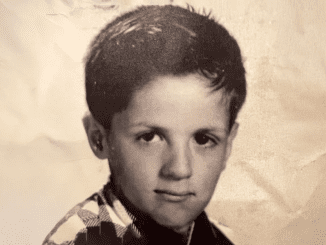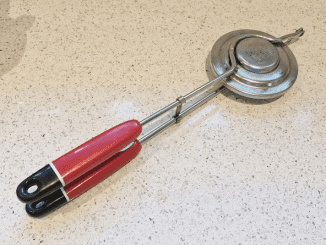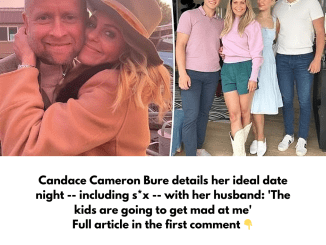Spot-the-difference puzzles are not just an entertaining pastime—they’re also a fantastic way to enhance observation skills and train your brain to notice even the smallest details. In today’s puzzle, we’ve got two playful images that appear identical at first glance, but don’t be fooled! Hidden within are seven subtle differences waiting to be discovered. Are you ready for the challenge? Let’s dive in!
Why Are Spot-the-Difference Puzzles So Addictive?
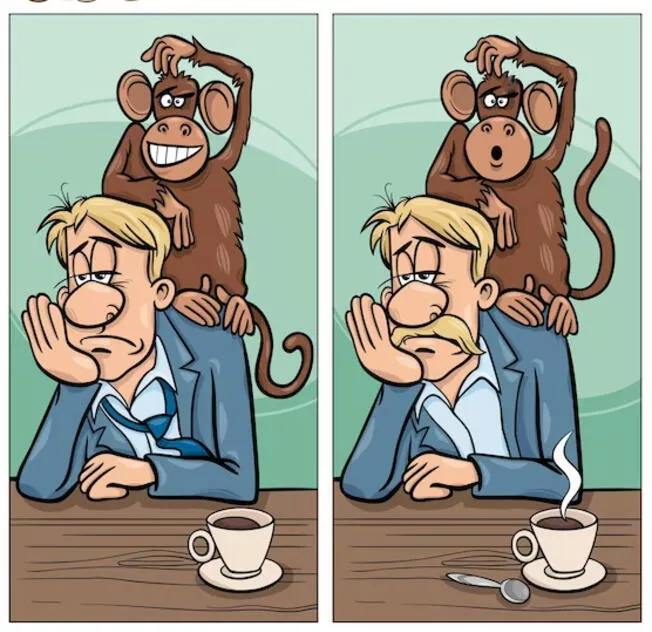
There’s something irresistibly captivating about these puzzles. At first, they seem simple, but as you begin, you quickly realize how tricky they can be. The thrill of finding differences is both rewarding and satisfying, and it keeps you coming back for more.
So, what makes these puzzles so engaging?
- Mental Exercise: They challenge your brain to focus and process visual information effectively.
- Attention to Detail: Spotting tiny changes sharpens your observational skills.
- Fun Factor: It’s a great way to pass time while giving your brain a workout.
But beware—these puzzles are designed to trick you, and they can be more challenging than they seem.
Common Mistakes People Make While Solving Spot-the-Difference Puzzles
If you find yourself stuck, you’re not alone. Many people make similar errors when tackling these puzzles. Here are some pitfalls to avoid:
1. Rushing Through the Puzzle
Excitement can lead to scanning the images too quickly, which causes you to miss subtle differences.
2. Focusing Only on Large Details
It’s easy to look for big, obvious changes while overlooking tiny variations like a missing line or a color adjustment.
3. Ignoring the Background
Background elements often hold key differences. Failing to check this area is a common oversight.
4. Skipping a Systematic Approach
Jumping randomly between areas of the image can make it harder to spot all the differences. A structured left-to-right or top-to-bottom method is more effective.
How to Approach Spot-the-Difference Puzzles Like a Pro
To maximize your success, follow these steps:
- Scan the Images Side by Side: Begin by comparing both images at a glance to get a sense of the differences.
- Focus on Key Elements First: Look at prominent features like faces, objects, and clothing.
- Move Methodically: Work from one corner to the next, examining each section thoroughly.
- Double-Check the Background: Revisit areas like the sky, walls, or other background details—differences here can be surprisingly tricky.
Step-by-Step Guide to Solving This Puzzle
Here’s a closer look at the 7 differences hidden in today’s images:
1. The Man’s Mustache
In the left image, the man doesn’t have a mustache, but in the right image, he sports a distinct one.
Tip: Facial features often contain clear differences, so start by comparing these areas.
2. The Monkey’s Tail
Notice the monkey’s tail? In the left image, it curves downward, while in the right image, it curves upward.
Tip: Pay attention to flowing shapes like tails, hair, or ropes—they often hold subtle changes.
3. The Coffee Steam
In the left image, there’s no steam rising from the coffee cup. In the right image, wisps of steam are visible.
Tip: Look closely at objects with movement or dynamics, as they’re common spots for hidden details.
4. The Spoon by the Coffee Cup
The spoon is absent in the left image but clearly visible in the right one.
Tip: Check for missing or added objects around key items like cups, plates, or books.
5. The Collar of the Man’s Shirt
In the left image, the man wears a tie. In the right image, the tie is missing.
Tip: Examine clothing details like buttons, patterns, or accessories—they often contain small differences.
6. The Cup Handle
The handle of the coffee cup has a missing line in the left image, but it’s complete in the right one.
Tip: Focus on edges, borders, and outlines of objects—they’re often subtly altered.
7. The Monkey’s Expression
In the left image, the monkey grins mischievously. In the right image, its mouth forms a surprised “O.”
Tip: Facial expressions are an easy-to-overlook yet impactful place for differences.
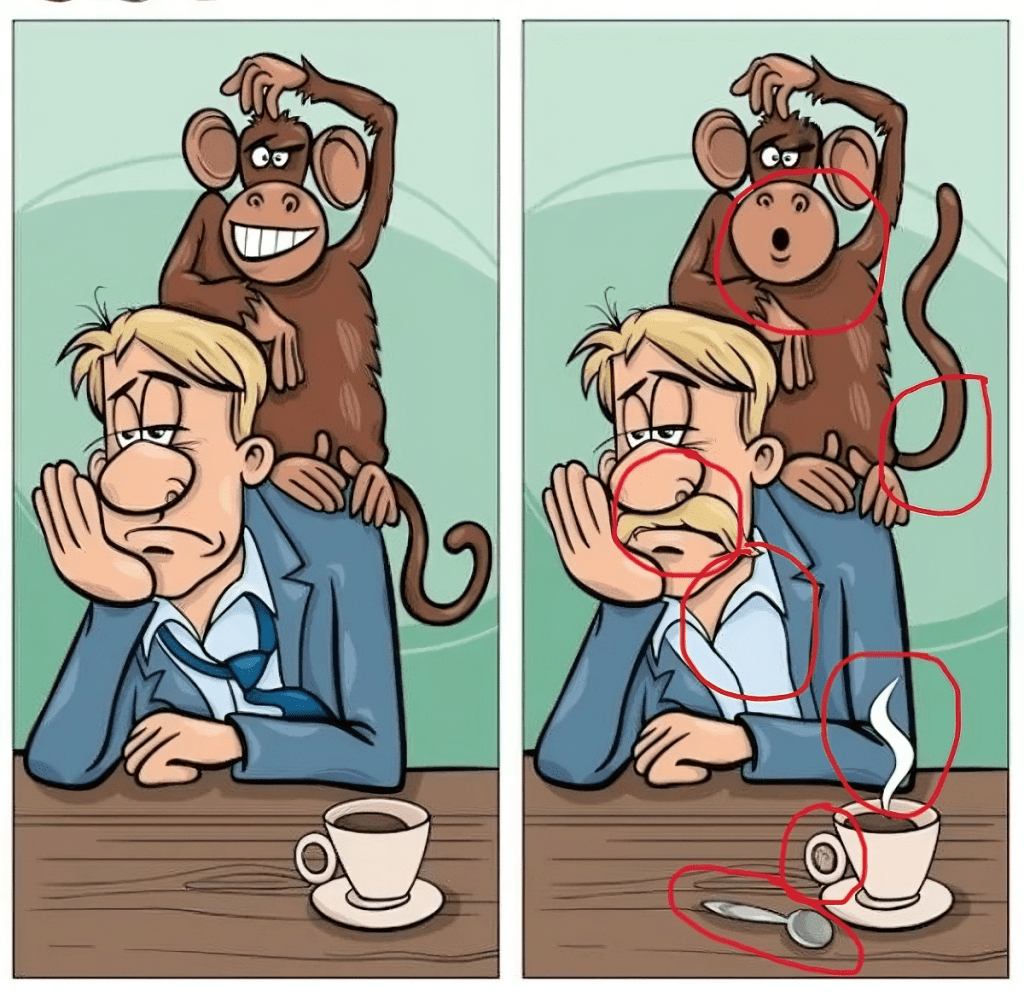
What Did You Learn from This Puzzle?
Spotting all 7 differences requires a sharp eye, a methodical approach, and plenty of patience. If you found them all, congratulations—you’re a master observer! If not, don’t worry. The more puzzles you solve, the better you’ll get.
Why Keep Solving Spot-the-Difference Puzzles?
Beyond their entertainment value, these puzzles provide real cognitive benefits:
- Improved Focus: They train your brain to concentrate on small details.
- Enhanced Memory: Remembering changes helps strengthen your short-term memory.
- Better Problem-Solving Skills: They teach you to approach challenges with patience and strategy.
Share the Fun and Challenge Your Friends!
Did you manage to find all 7 differences? Share your results and challenge your friends to beat your time! These puzzles are a great way to bond with others while keeping your mind sharp.
For more fun, brain-teasing activities, and engaging challenges, stay tuned. Remember, every puzzle you solve sharpens your skills and makes the journey even more enjoyable. Happy puzzling!
